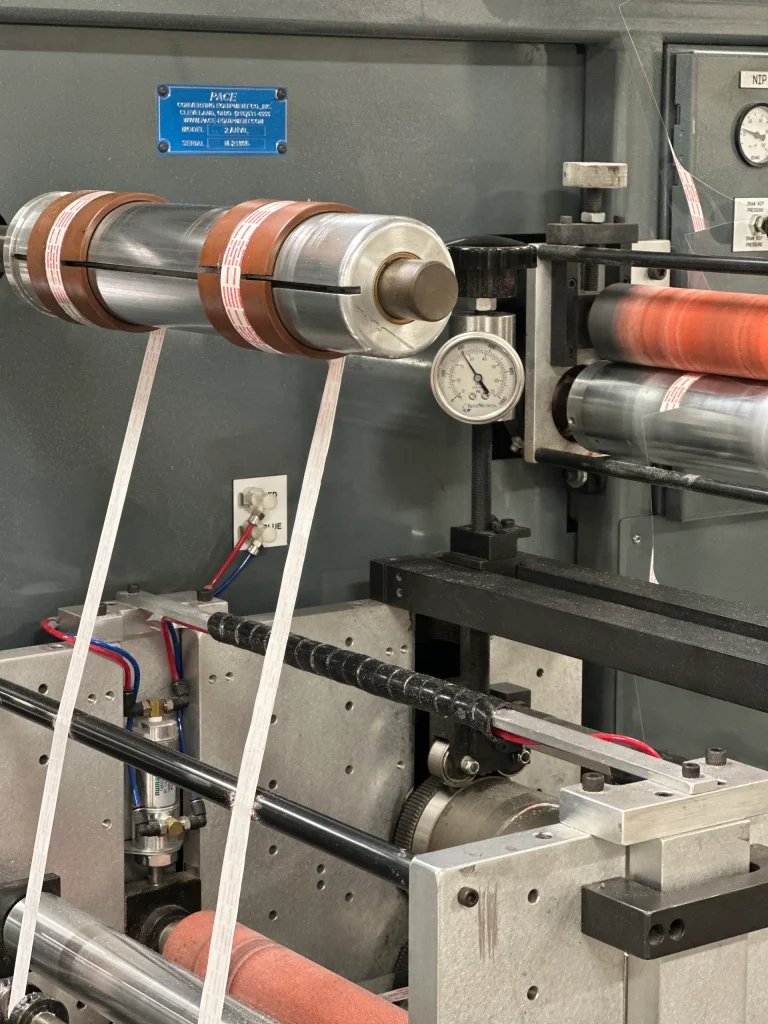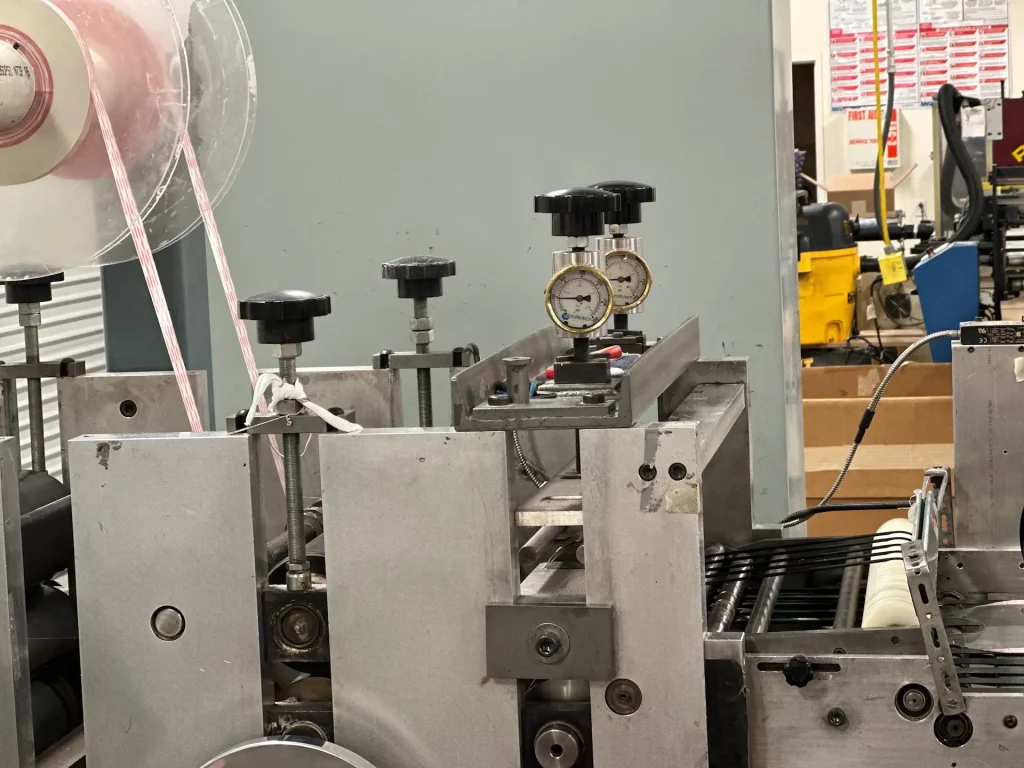
For over 75 years, Colvin Friedman has been offering premium die-cutting services at high production volumes for a wide variety of materials. Below we’ve organized our most commonly cut materials.
As different materials are better suited to specific purposes or die-cutting processes, we often advise customers on the advantages of certain materials depending on the product seeking to be cut. Below we’ve given a breakdown of each material, its uses, and subtypes.
Summary: Plastics are some of the most commonly die cut materials. They encompass a wide number of Polyester films, which are our specialty at Colvin Friedman. Plastic can vary widely in their thickness and durability, often requiring different die cutting techniques depending on their type.
Polyethylene (PE)
Polypropylene (PP)
Polyvinyl Chloride (PVC)
Polystyrene (PS)
Polyethylene Terephthalate (PET)
Polyethylene Terephthalate Glycol-Modified (PETG)
Low cost, highly available, durable, produced at various densities
More rigid than PE, durable, strong chemical and moisture resistance
Flame and chemical resistant, durable, easy to print on
Produced in more rigid or foam forms, excellent clarity
Higher strength, resistant to gasses and moisture, recyclable
Strong combination of impact resistance, clarity, gloss, and flexibility
Rotary or Flatbed Die Cutting (Depends on Density)
Flatbed Die Cutting
Rotary or Flatbed Die Cutting
Rotary or Flatbed Die Cutting
Rotary Die Cutting
Rotary or Flatbed Die Cutting
For more information about Plastics, click below.
Summary: Paper is commonly cut into packaging or card type materials. The various subtypes of paper vary by thickness, but is generally one of the easiest materials to cut.
Cardstock
Kraft Paper
Bond Paper
Corrugated Cardboard
Slightly more durable, available in a variety of thicknesses, ideal for creasing
Slightly thicker, available in roll form, rustic appearance
Ideal for printing, smooth appearance and texture, can be made heavier or lighter
Stronger, more durable, provides support and cushioning for products
Flatbed Die Cutting
Rotary Die Cutting
Flatbed Die Cutting
Flatbed or Rotary Die Cutting (depending on thickness of cardboard
For more information about Papers, click below.
Summary: Various composite materials (substances made by combining two or more other materials) are commonly die cut for clients in the automotive, aerospace, and construction industries. While individually, each material can vary greatly, they are commonly valued for being lightweight, durable, or high strength.
Fiberglass
Carbon Fiber Reinforced Polymer (CFRP)
Kevlar
Thermoplastic Composites (TPC)
Strong, corrosion resistant, good insulator
Impressive strength-to-weight ratio, stiff material
Lightweight, impact resistant, high tensile strength
Reduced weight, strong impact resistance
Flatbed Die Cutting
Flatbed Die Cutting
Flatbed Die Cutting
Rotary Die Cutting
For more information about Composite Materials, click below.
Summary: Both metallic and non-metal foils are commonly die cut, as they are frequently available in sheet or roll form. They are ideal for many products as they offer both strength and versatility, and are used for their functional and aesthetic value.
Aluminum Foil
Copper Foil
Mylar Foil
Gold or Silver Foil
Thinner metal foil, lightweight, good conductor of heat and electricity
Good conductor, malleable, able to be cut into intricate designs
Polyester foil, flexibility, resistance to tearing, various finishes
Valuable for heightened aesthetic appeal, resistance to corrosion
Flatbed or Rotary Die Cutting
Flatbed Die Cutting
Rotary or Flatbed Die Cutting
Flatbed Cutting
For more information about Foils, click below.
Summary: Below we’ve compiled some information on specific materials we have extensive experience in.
Rubber
Leather
Felts
Silicone
Flexibility, durability, resilience, great insulator
Can be die cut into precise shapes, aesthetic or practical use
Soft and fibrous, made out of natural or artificial materials, versatile
High heat tolerance, flexibility, durability, safety in medical contexts
Rotary or Flatbed Die Cutting
Rotary or Steel Rule Die Cutting
Flatbed Die Cutting
Flatbed or Rotary Die Cutting
For more information about Miscellaneous Materials click below.

We are able to help our clients select the specific material that is best for their product. For every project, we employ the following practices to ensure success. They include:

With our extensive experience with plastics, composite materials, papers, and a host of other die cut materials, we are able to advise and help our clients select the correct materials for each of their products. All of our clients and projects are managed by our Vice President, Josh Rodman, meaning you are never more than one call away from the die cutting process. Our large production capacity gives you the results of a factory with the customer service of a small shop.
For more information on our materials, or to request a die cutting quote, click the button or use the number below to call Josh.
Or call Josh at (707) 769-4488